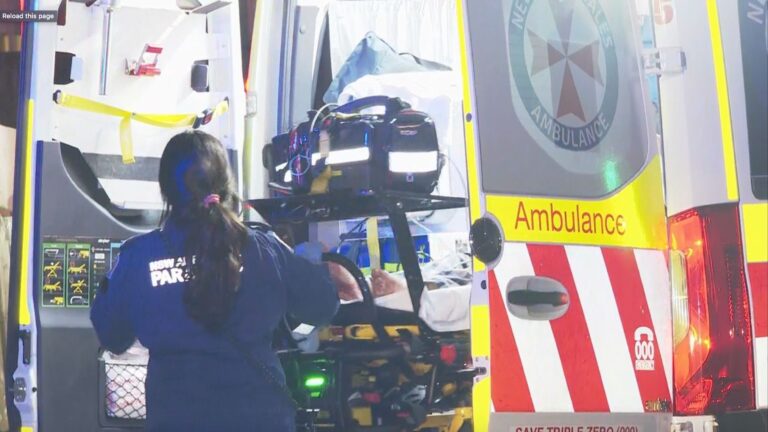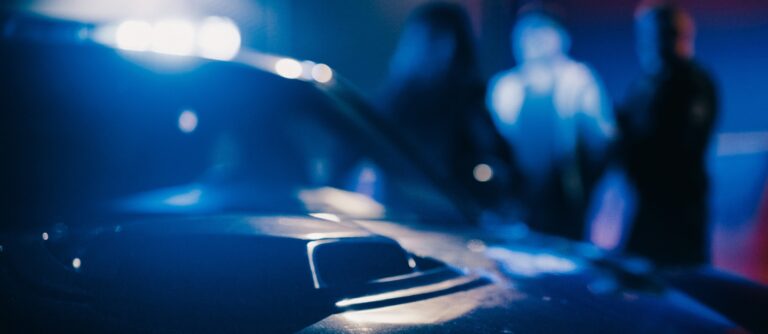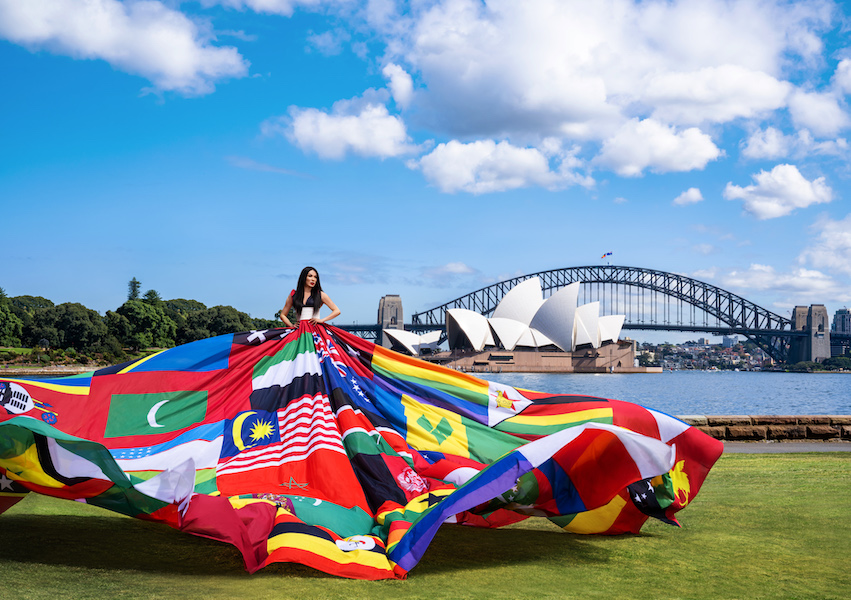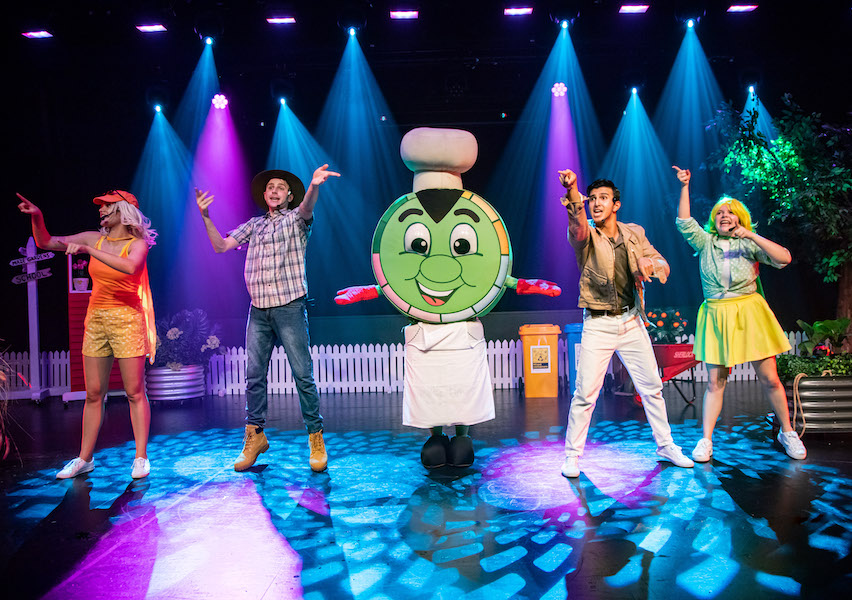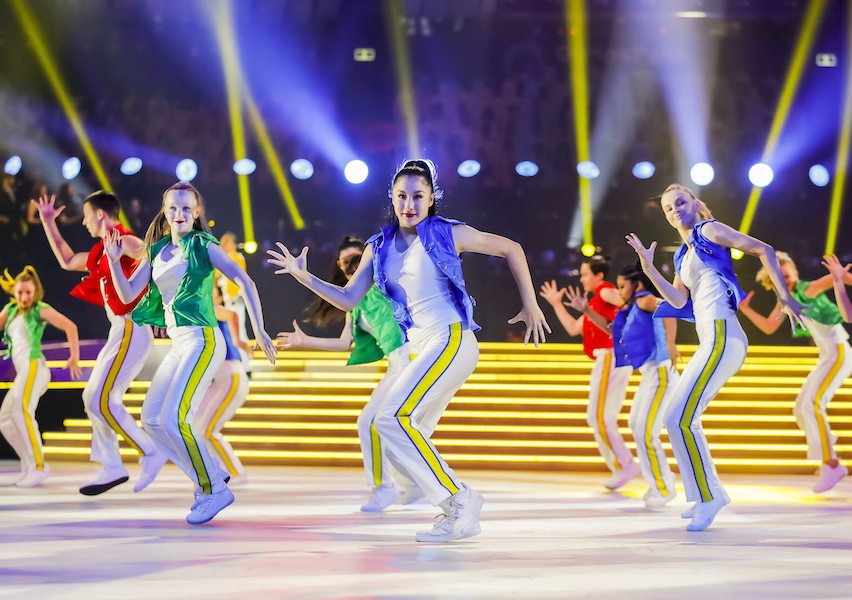
DANCE: FOLK DANCING
Folk Dancing. It’s a two-word combination that’s enough to make the hungriest of culture vultures gulp a little. But with grocery shopping, The Rite of Spring remixed as a funk hip hop jazz number, and a blindfold egg dance, this is not your average turn at the country fair. Oh, and appropriately, Campbelltown’s pretty much at the City Limits. Because there’ll be plenty of Nutbush going on. Curated by kooky dance troupe The Fondue Set’s Jane McKernan, we caught up with her for the breakdown …
Which traditions have you (or the choreographers) turned on their heads, and how?
I gave each of the choreographers a fairly open instruction to make a work that could mean an investigation of traditional folk dances, or it could mean approaching dance through popular forms, or it could mean inventing a ritual of some kind, or it could address the idea of a peoples dance, or it could just literally mean folk dancing as in people dancing. What they have come back with has been extremely interesting. One choreographer is working with idea of Saturday Morning and Saturday Afternoon rituals which involves a grocery shopping bag dance. One is working with making a dance entirely from barn dance calls and has sourced a range far beyond the ‘take your partner by the hand’. Another has taken dance classes with So You Think You Can Dance star Rhiannon, and is reimagining the faux folk ballet ‘The Rite of Spring’ as a funk hip hop jazz number. I am making a work that is based on an old English Folk Dance where the dancers dance through a pattern of eggs with blind folds on, attempting not to break any. I will also asking the audience to participate in surreptitious ways … the Nutbush and Macarena are features.
Why do you think dance has ceased being of the people?
I wrote that as a kind of joke as in some of my reading about folk dance, it seems dancers are often interested in it as a more egalitarian form than ballet for example. As part of my dance training, I studied character dance which is an offshoot of the ballet syllabus. Character dancing is what the peasants do in traditional ballets. It is certainly not the dance of the main stars, so I was interested in what it meant to make the character role central. And also with the revival of folk music in the sixties, it was very much a movement for the people, and I wondered what a grassroots dance movement might be like.
At the same time I think dance (or the kind of art dance I’m interested in) suffers from a sense that it’s elitist or in its own ghetto somehow, which sort of did come to light in the Meryl Tankard vs So You Think You Can Dance argument a few years ago. I think people making dance (and those marketing it) are always interested in expanding their audience beyond a specific dance audience. I think audiences are often afraid that they won’t ‘get’ dance in a way that they wouldn’t be with other forms. Some choreographers (like Shaun Parker or Kate Champion) have responded to this by making works that focus on the experience of real people that are primarily tangible and more easy to understand than more abstract works. In my own work with The Fondue Set, we are always interested in relating to an audience albeit in a more stand up comedy/ variety sort of way than Kate or Shaun. But there is a big gap between the kind of dance people might do on the dancefloor with their friends (their own folk dance) and theatrical dance performance, and I just wondered what would happen if I could ask choreographers to respond to this notion somehow.
What is the appeal of folk dancing?
Oh so many. I think the main appeal is that it conjures up for most people a very specific image of for instance morris dancers with bells and ribbons or women in lines with fantastic headdresses, but as a thematic for the choreographers to grapple with in making their work, it’s actually quite broad, and I think this is reflective in how each of the choreographers have chosen to respond. One of the defining factors of traditional folk dance is that the dances are learnt through watching and repetition rather than being specifically taught, and that they are often circular, repetitive and are not presentational towards an audience. Although most people aren’t engaged in formal folk dancing, if you take these rules and begin to look at the movement of people on the street, you can imagine so much as a kind of folk dance, even the way people cross at the lights or stagger drunk out of bars at night. I also do love the fantastic costuming of traditional folk dance with bells and whistles and ribbons and pom poms, and that the history of many folk dances (particularly English ones) is pagan and reflects the darker, weird and unknown parts of life.
As a curator, what do you look for in a piece?
All the pieces for the Folk Dancing are being made for the evening through a residency at Campbelltown Arts Centre, which means none of them have been completed yet, and therefore I haven’t seen them! In curating this evening, I chose choreographers who I thought would make an interesting response to the thematic. Julie Anne Long, Lizzie Thomson and Kimberley McIntyre had all made previous works where I thought each of them in their own different ways had elements or references to a kind of folk dancing so I knew that they would have an interesting perspective to offer. With Phoebe Robinson and Elizabeth Ryan, I like both of their work and wondered what would happen if they were prodded in a particular direction. I think it’s going to be a great evening, and it’s been a great pleasure for me to hear all the various ways each of the choreographers have responded.
Sat Sept 19, 8pm, Campbelltown Arts Centre, cnr Appin & Camden Rds, Campbelltown, $10-15 4645 4100 or artscentre@campbelltown.nsw.gov.au


